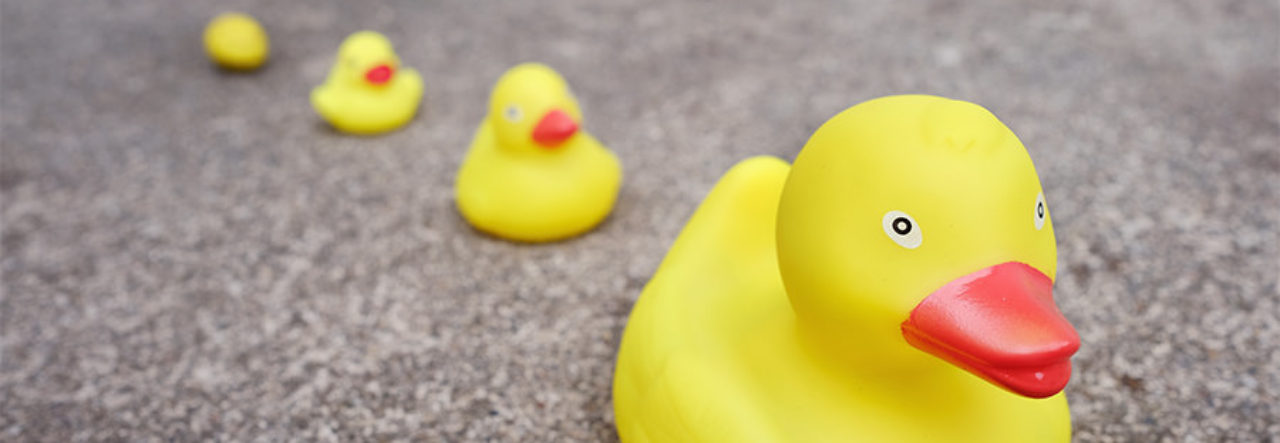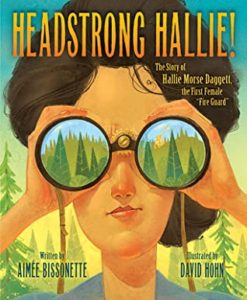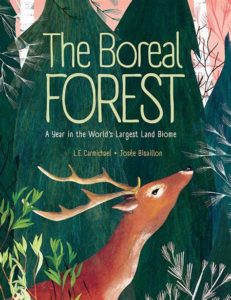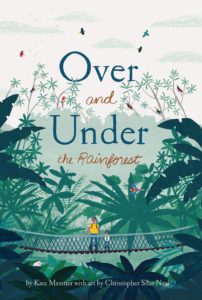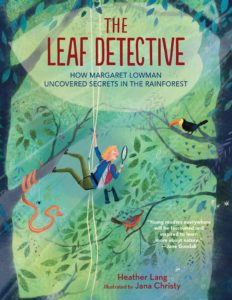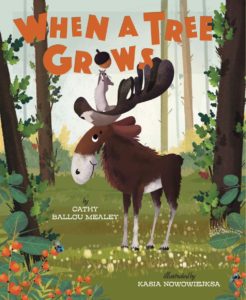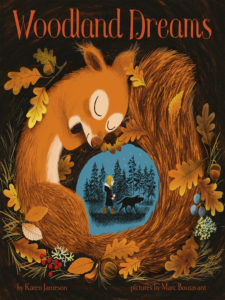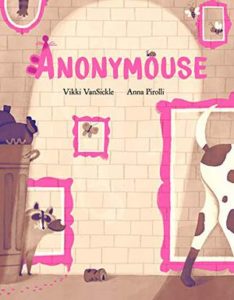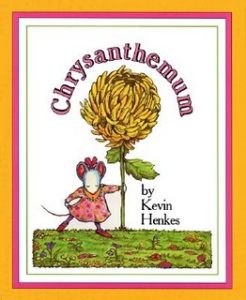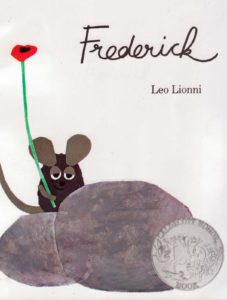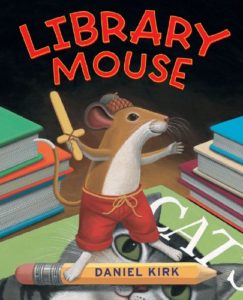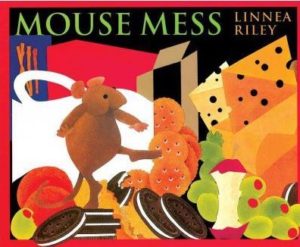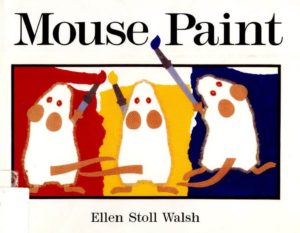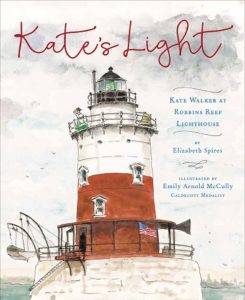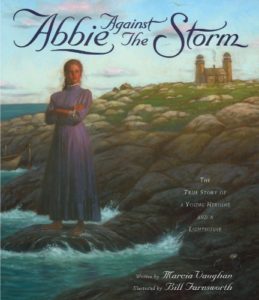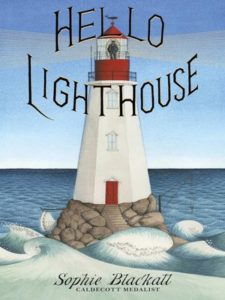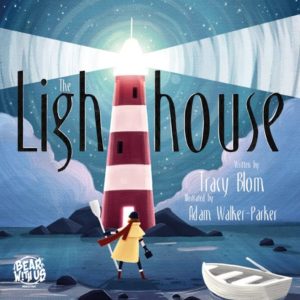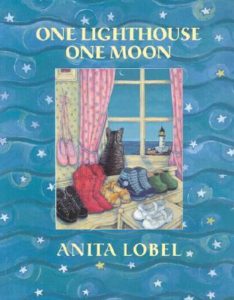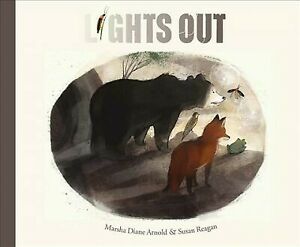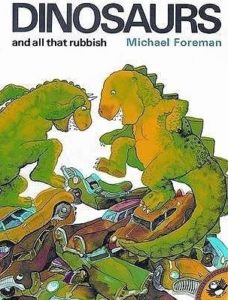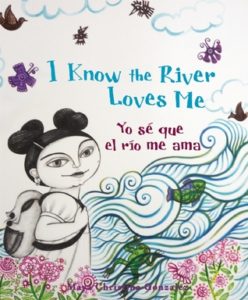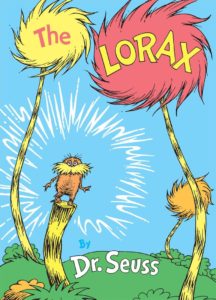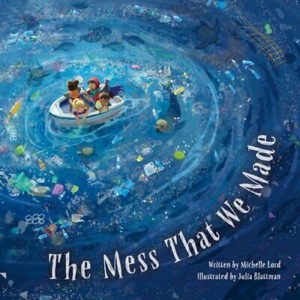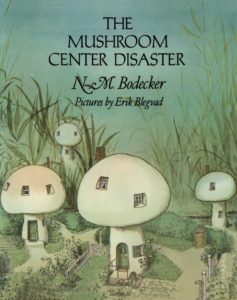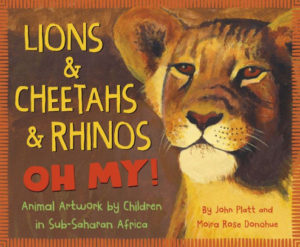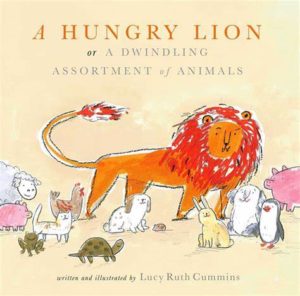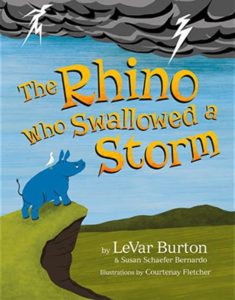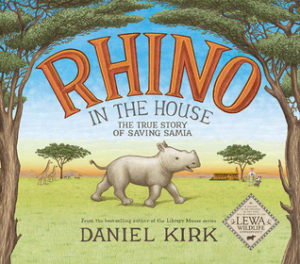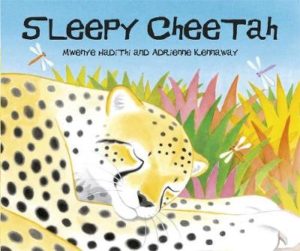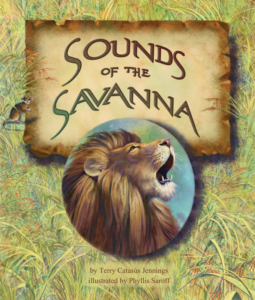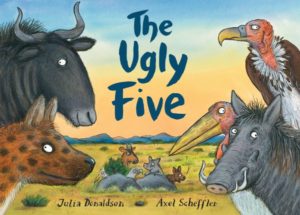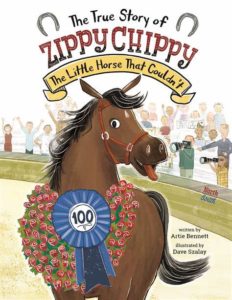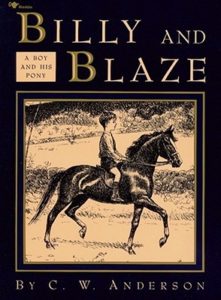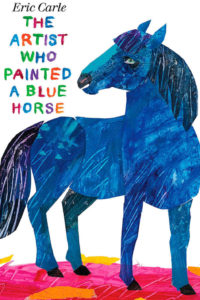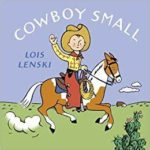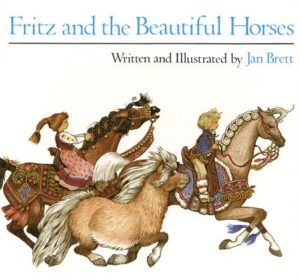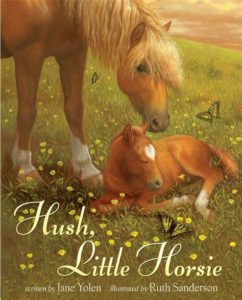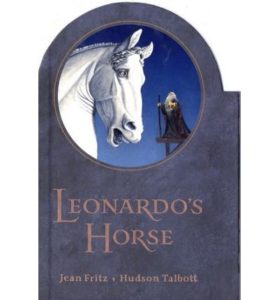Headstrong Hallie! The Story of Hallie Morse Daggett, the First Female “Fire Guard”
Author: Aimée Bissonette
Illustrator: David Hohn
15 March 2021
Sleeping Bear Press
40 pages
Book description from Goodreads: “Hallie Morse Daggett loved spending time outdoors, hiking among the tall trees of the forests in California’s Siskiyou Mountains. She wasn’t afraid of the bears, coyotes, and wildcats. But Hallie was afraid of fire and understood the threat it posed to the forests, wildlife, and people. And more than anything, she wanted to devote her life to protecting her beloved outdoors; she decided she would work for the US Forest Service. But in the 1880s the Forest Service didn’t hire women, thinking they couldn’t handle the physical challenges of the work or the isolation. But the Forest Service didn’t know Hallie or how determined she could be. This picture-book biography tells the story of Hallie Morse Daggett, the first woman ‘fire guard’ hired by the US Forest Service, whose hard work and dedication led the way for other women to join the Forest Service.”
Enjoy some reviews of Headstrong Hallie!
Educational Activities inspired by Aimée Bissonette’s Headstone Hallie! The Story of Hallie Morse Daggett, the First Female “Fire Guard”:
- Before Reading–From looking at the front and back cover:
- Where and when do you think this story takes place?
- What does the term “headstrong” mean?
- What is the woman looking at through her binoculars?
- What do you think a fire guard does?
- After Reading–Now that you’ve read the story:
- Why wasn’t city life a good fit for Hallie?
- While Hallie was a brave person, she feared one thing–fire. Why was she so afraid?
- How did Hallie feel when she asked to help fight fires and was told no again and again?
- How important is the job of fire guard?
- What do you think Hallie liked most about being the lookout up at Eddy Gulch?
- Is it a job you could see yourself doing?
- What other story/book/film/TV show does Headstrong Hallie! remind you of?
- Back Matter–Since Back Matter isn’t always read with the actual story, let’s address it separately. Now that you’ve read the Back Matter:
- Do you think Hallie changed her mind about dogs? Why/why not?
- What is the most surprising part of Hallie’s life?
- How does it make you feel to know that we don’t have very many actual facts about Hallie’s life?
- Writing–Imagine what it was like for Hallie as a lookout at Eddy Gulch. What did Hallie think about? What animals did she see? What did she eat, do, or read? Write about one or more of those moments, and use specific details to make your writing come alive for readers. Then, consider sharing your story with a friend or adult. Feel free to discuss your creative choices.
- Crafting–Try your hand at one or more of the following crafts. Get an art- or forest-loving adult to help:
- Cereal Box and Newspaper Tree–Make a cool craft entirely from materials from the recycle bin.
- Chocolate Popcorn Trees–Simple to make, and edible, too.
- Crêpe Paper Fall Tree–Construction paper, crêpe (or tissue) paper, and glue. That’s all you need for this one!
- Owl in a Cardboard Tube Tree–Who knew cardboard tubes could make such great crafting material? The owl is a real plus.
- Woodland Friends Bookmark–A printable craft!
- Further Reading–Which of these other picture books about forests have you read? (Click on any book cover for more information on these titles!)

